REMARKABLE PLANTS OF TEXAS
Remarkable Plants of Texas
UNCOMMON ACCOUNTS OF OUR COMMON NATIVES
MATT WARNOCK TURNER
NUMBER SIXTY-TWO
The Corrie Herring Hooks Series

Copyright 2009 by the University of Texas Press
All rights reserved
Printed in China
Second printing, 2010
Requests for permission to reproduce material from this work should be sent to:
Permissions
University of Texas Press
P.O. Box 7819
Austin, TX 78713-7819
www.utexas.edu/utpress/about/bpermission.html
 The paper used in this book meets the minimum requirements of ANSI/NISO Z39.48-1992 (R1997) (Permanence of Paper).
The paper used in this book meets the minimum requirements of ANSI/NISO Z39.48-1992 (R1997) (Permanence of Paper).
Library of Congress Cataloging-in-Publication Data
Turner, Matt Warnock, 1960
Remarkable plants of Texas : uncommon accounts of our common natives / Matt Warnock Turner. 1st ed.
p. cm. (Corrie Herring Hooks series ; no. 62)
Includes bibliographical references and index.
ISBN 978-0-292-71851-7 (cloth : alk. paper)
1. Endemic plantsTexas. 2. PlantsTexas. I. Title. II. Series.
QK188.T85 2009
581.6'309764dc22
2008024440
Dedicated to the memory of my mother
VIRGINIA RUTH MATHIS TURNER (19252006)
who found uncommon beauty in common places.

Native American Tribes in Texas, ca. 1700 to present. Locations of major tribes cited in text that have inhabited the state of Texas. Many tribes are not contemporaneous. Boundaries and dates are general approximations to provide a holistic view over three centuries. (See Glossary for further information on individual tribes.)
Contents
Acacia farnesiana
Arbutus xalapensis
Carya illinoinensis
Celtis spp.
Cornus florida
Diospyros texana
Diospyros virginiana
Juglans spp.
Juniperus spp.
Maclura pomifera
Morus spp.
Pinus spp.
Populus deltoides
Prosopis glandulosa
Prunus spp.
Quercus stellata
Quercus virginiana
Sabal mexicana
Salix nigra
Sapindus saponaria
Sassafras albidum
Taxodium distichum
Agave lechuguilla
Berberis trifoliolata
Dasylirion spp.
Ephedra antisyphilitica
Euphorbia antisyphilitica
Fouquieria splendens
Ilex vomitoria
Larrea tridentata
Rhus spp.
Rhus spp.
Sophora secundiflora
Ungnadia speciosa
Yucca spp.
Allium spp.
Amaranthus spp.
Argemone spp.
Artemisia ludoviciana
Bouteloua spp.
Capsicum annuum
Chenopodium spp.
Coreopsis tinctoria
Cucurbita foetidissima
Datura spp.
Echinacea angustifolia
Equisetum spp.
Eryngium yuccifolium
Gaillardia pulchella
Helianthus annuus
Hoffmannseggia glauca
Lophophora williamsii
Lupinus texensis
Monarda spp.
Nelumbo lutea
Opuntia spp.
Opuntia leptocaulis
Phoradendron tomentosum
Phytolacca americana
Smilax spp.
Solanum elaeagnifolium
Tillandsia spp.
Typha spp.
Verbesina virginica
Vitis spp.
Medical Disclaimer
This book concerns the natural and cultural history of Texas plants; it is not meant to be a guide to plant uses. This is especially true for plants with reported medical or psychotropic properties. Such properties are here reported for their historical value, to enlighten the public about the treatments of an earlier time and, in some cases, about their legacies today. In no way is this book meant to be prescriptive, and it by no means replaces professional medical advice. The medical uses contained herein should not be read as promoting experimental use by individuals, who could do serious harm to themselves. Neither the author nor the University of Texas Press accepts responsibility for the accuracy of the information itself, or for the consequences from the use or misuse of the information in this book.
Acknowledgments
First and foremost I am indebted to Dr. Beryl Simpson and to my father, Dr. B. L. Turner, both of the Section of Integrative Biology at the University of Texas at Austin. Their tireless efforts in reviewing each and every unit of this book provided both words of encouragement and critical comment, while imbuing the text with a scientific precision that is not always the wont of someone with a literary background.
Academic professionals from several scientific disciplines added insights from their areas of expertise to this book. I am very thankful to: Robert Adams (Baylor University), Meredith Blackwell (Louisiana State University), Ted Delevoryas (University of Texas), Phil Dering (Shumla School), Barney Lipscomb (Botanical Research Institute of Texas), Andrew McDonald (University of Texas Pan-American), A. Michael Powell (Sul Ross State University), Alan Prather (Michigan State University), Martin Terry (Sul Ross State University), and Damon Waitt (Lady Bird Johnson Wildflower Center).
I am equally grateful to the personal attention I received from those who are steeped in plant lore through vocation and deep personal interest. Elizabeth Seiler provided copious commentary on junipers, and Landon Lockett, who has vastly broadened our understanding of Texas populations of sabal palms, offered careful insights, a personal tour, and a free specimen. David Sitz, of Matagorda County, also added information on palms. I am most thankful to Ted Gray, a west Texas rancher and subject of a recent biography (Nelson 2000), who allowed me to interview him about his personal cowboy experience with the plants of the Trans-Pecos.
Nancy Elder, Head Librarian of the Life Science Library at the University of Texas, deserves my special thanks for her amazing sleuth-work abilities, for her tolerance of my interruptions, and for her genuine enthusiasm for this project. Tom Wendt and Lindsay Woodruff, Curator and Assistant Curator, respectively, of the Plant Resources Center at the University of Texas, receive my continued respect for their assistance with questions and for their excellent management of one of the nations largest herbaria.
Although I was able to photograph most of the plants in this work myself, I relied on the kindness of others for a few that eluded me. I would like to thank J. L. Neff and also the Dexter Collection of the Plant Resources Center for the loan of two photos for this work (Indian rush-pea and dogwood).
Finally, I must thank the many personal friends whose kind words of support and reassurance provided the courage to make major life changes, the animus to undertake a big project, and the where-withal to see it through: Paul Waller (who gave the manuscript a thorough read), James Robbins, and Leora Lev, as well as Jim Berrong, Richard Connelly, Barry Cravens, Douglas Galloway, Frank Koumantaris, Jonathan Lee, Arthur Martinez, T. J. Tim Middleton, Scot Rogerson, Richard Schwiner, Hideko Secrest-Rosenzweig, and Adam Toguchi.
Next page






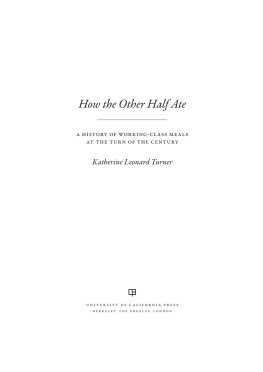
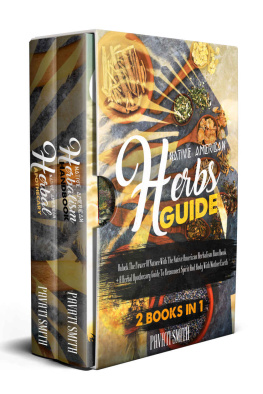
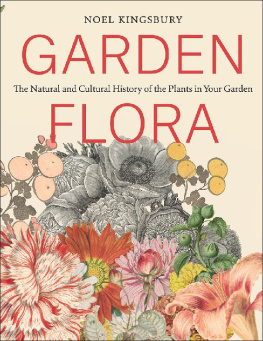
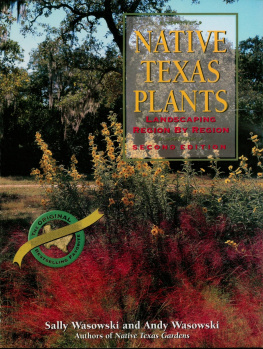
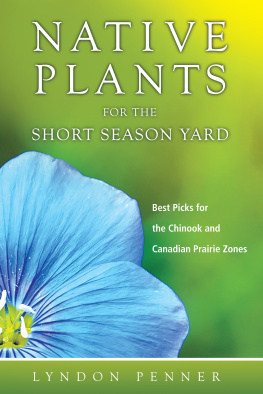
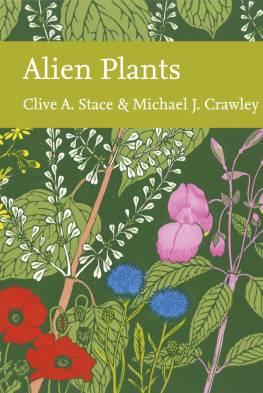
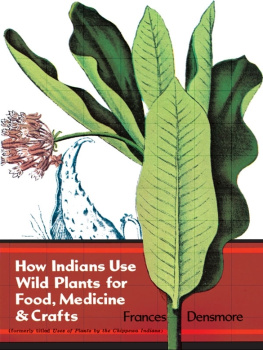
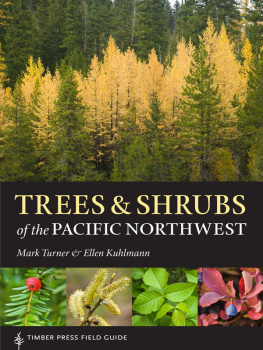
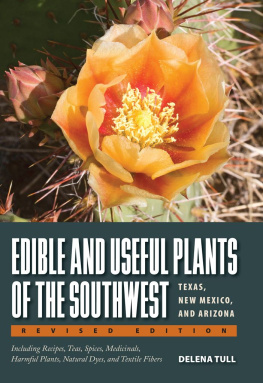

 The paper used in this book meets the minimum requirements of ANSI/NISO Z39.48-1992 (R1997) (Permanence of Paper).
The paper used in this book meets the minimum requirements of ANSI/NISO Z39.48-1992 (R1997) (Permanence of Paper).